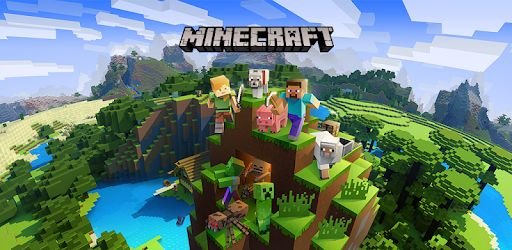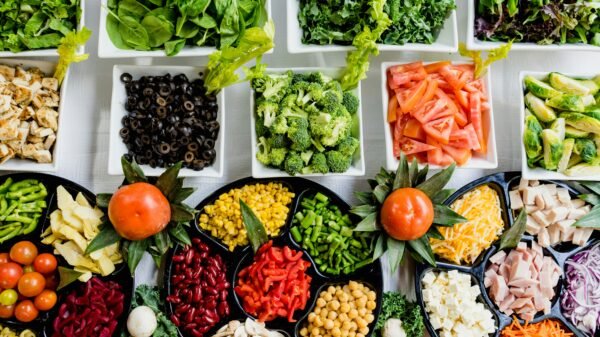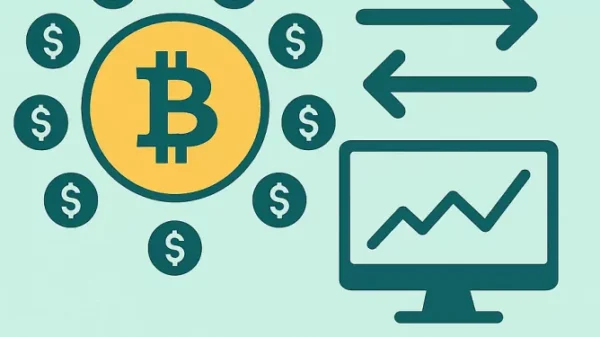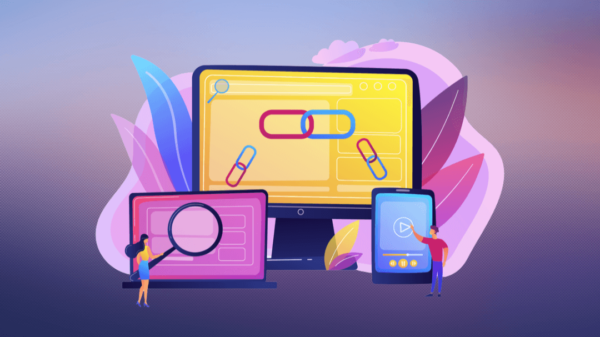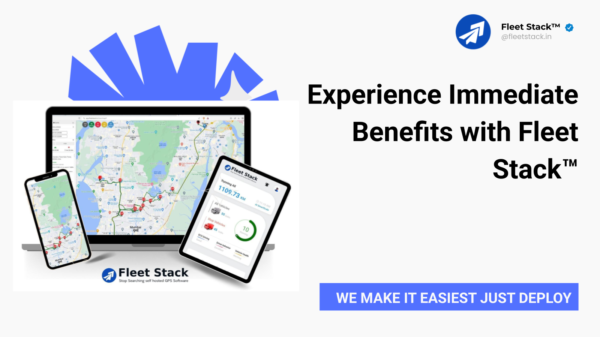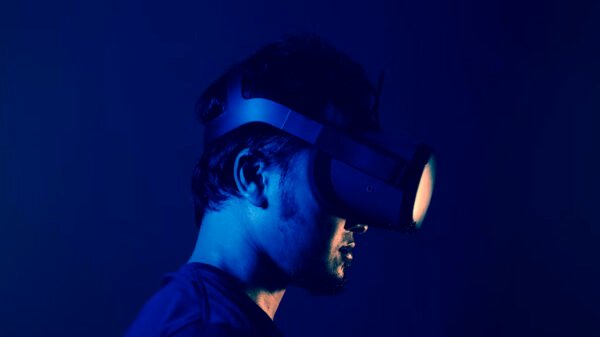In the dynamic landscape of digital content creation, YouTube stands as a towering platform that has revolutionized how we consume media. With over two billion logged-in monthly users, YouTube Automation: The Evolution of Content Creation YouTube has become synonymous with online video content. From entertainment to education, individuals and businesses alike leverage this platform to share their stories, insights, and expertise with a global audience.
However, as the popularity of YouTube continues to soar, so too does the competition for viewership and engagement. Content creators are constantly seeking innovative ways to streamline their processes, enhance productivity, and maximize the impact of their content. This quest for efficiency has given rise to the concept of YouTube automation, a multifaceted approach aimed at optimizing various aspects of content creation and management.
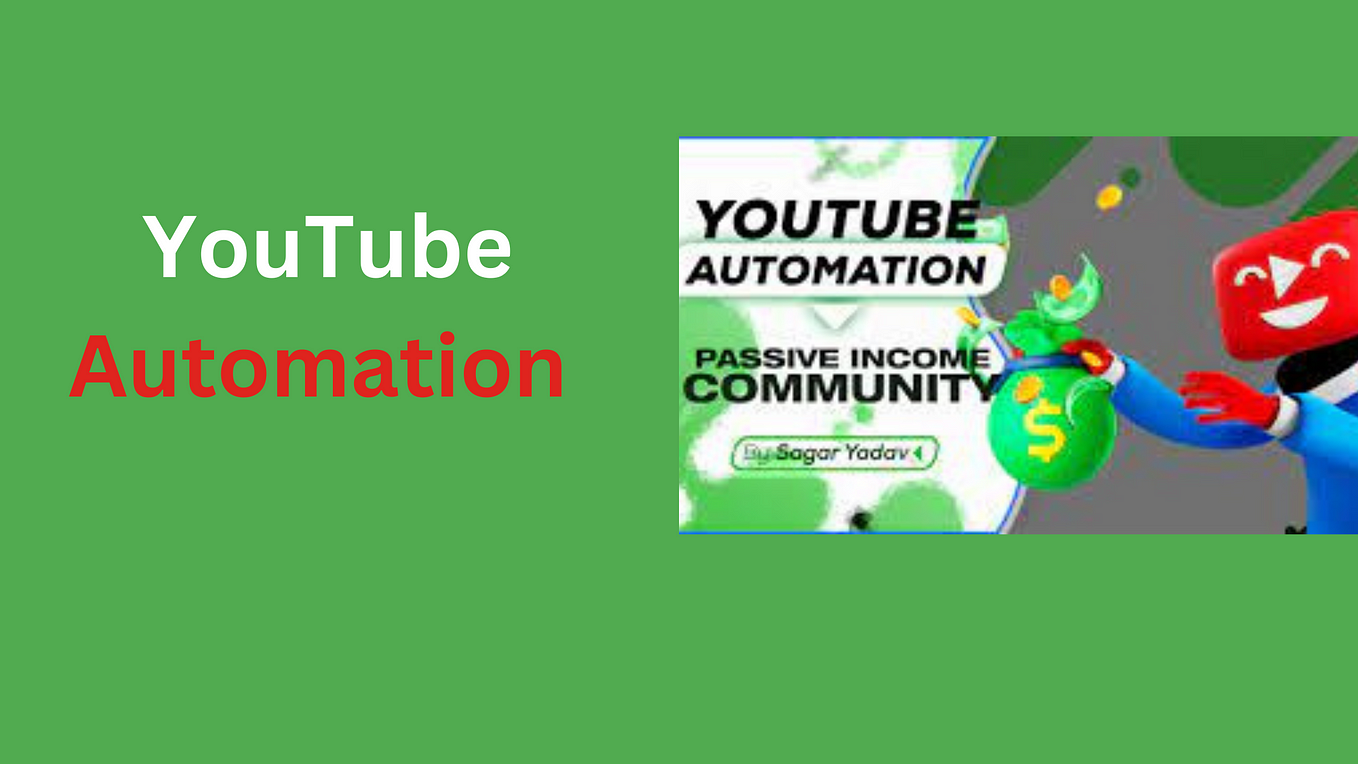
Understanding YouTube Automation
At its core, YouTube automation involves the use of tools, technologies, and strategies to automate repetitive tasks associated with content creation, promotion, and analytics. From video production to audience engagement, automation permeates every stage of the content lifecycle, offering creators the means to work smarter, not harder.
1. Content Production:
- Video Editing Software: Advanced editing software such as Adobe Premiere Pro and Final Cut Pro enable creators to streamline the editing process through features like batch processing and preset templates.
- AI-Powered Editing Tools: AI-driven platforms like Magisto and Lumen5 leverage machine learning algorithms to automate the video editing process, from scene selection to soundtrack integration.
- Script Automation: Natural language processing (NLP) algorithms can generate video scripts based on predefined topics, keywords, and audience preferences, reducing the time and effort required for content ideation.

2. Content Distribution:
- Scheduled Publishing: YouTube’s native scheduling feature allows creators to automate the publishing of their videos at predetermined times, optimizing visibility and engagement across different time zones.
- Cross-Platform Syndication: Tools like Buffer and Hootsuite enable creators to automate the syndication of their YouTube videos across various social media platforms, extending reach and driving traffic to their channels.
- Email Campaigns: Integration with email marketing platforms like Mailchimp and ConvertKit enables creators to automate the distribution of video content to their subscriber base, fostering deeper engagement and loyalty.
3. Audience Engagement:
- Comment Moderation: AI-powered comment moderation tools automatically filter and flag inappropriate comments, allowing creators to maintain a positive and respectful community environment.
- Chatbots: Chatbot integration within YouTube’s messaging system enables creators to automate responses to frequently asked questions, enhance user experience, and foster real-time engagement.
- Community Polls and Surveys: Platforms like Typeform and SurveyMonkey enable creators to automate the creation and distribution of polls and surveys, gathering valuable feedback and insights from their audience.

4. Analytics and Optimization:
- Data Visualization Tools: Platforms like Google Analytics and TubeBuddy provide creators with automated dashboards and reports, offering insights into audience demographics, engagement metrics, and content performance.
- A/B Testing: Automation tools allow creators to conduct A/B tests on video thumbnails, titles, and descriptions, optimizing click-through rates and viewer retention.
- Content Recommendation Engines: AI-driven recommendation engines analyze viewer behavior and preferences to automate the generation of personalized content recommendations, increasing watch time and retention.
Challenges and Considerations
While YouTube automation offers numerous benefits in terms of efficiency and scalability, it also presents several challenges and considerations that creators must address:
- Quality vs. Quantity: The pursuit of automation should not compromise the quality and authenticity of content. Creators must strike a balance between efficiency and creativity to deliver compelling and engaging videos.
- Algorithmic Changes: YouTube’s algorithms are constantly evolving, making it essential for creators to stay informed about algorithmic changes and adapt their automation strategies accordingly.
- Ethical Considerations: Automation should be used responsibly and ethically, taking into account issues such as data privacy, copyright infringement, and community guidelines.
- User Experience: Creators must ensure that automated processes enhance, rather than detract from, the overall user experience. Transparency and authenticity are key to building trust and credibility with the audience.
The Future of YouTube Automation
As technology continues to advance, the future of YouTube automation holds tremendous promise for content creators:
- AI-Driven Personalization: AI-powered algorithms will enable creators to deliver hyper-personalized content recommendations based on individual viewer preferences and behavior.
- Immersive Experiences: Virtual reality (VR) and augmented reality (AR) technologies will transform the way audiences interact with YouTube content, offering immersive and interactive experiences.
- Blockchain Integration: Blockchain technology has the potential to revolutionize content monetization and rights management, empowering creators with greater control and transparency over their intellectual property.
Conclusion
YouTube automation represents a paradigm shift in content creation, offering creators unprecedented opportunities to optimize efficiency, enhance engagement, and unlock new possibilities for creativity and innovation. By harnessing the power of automation responsibly and ethically, creators can navigate the ever-evolving landscape of digital media with confidence and resilience, shaping the future of online video content for generations to come.






